Counting objects Math Worksheets for Ages 3-7
21 filtered results
-
From - To
Introduce your child to the world of numbers with our Counting Objects Math Worksheets for ages 3-7! These engaging and colorful worksheets are designed to foster early counting skills, helping young learners recognize and count objects with ease. Through a variety of fun activities and exercises, children will grasp essential math concepts while enjoying their learning experience. Perfect for home or classroom use, these worksheets lay a strong foundation for future math success. Check out our collection to give your child a head start in their mathematical journey! Alaska is amazing. profissionalstaff!!
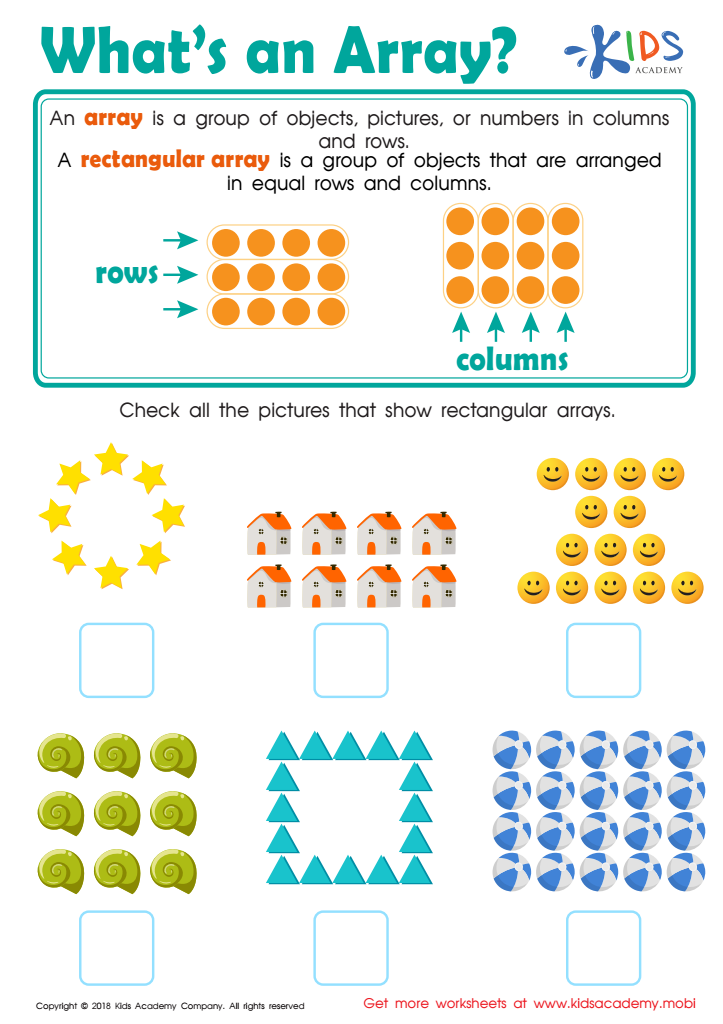

What's an Array? Worksheet
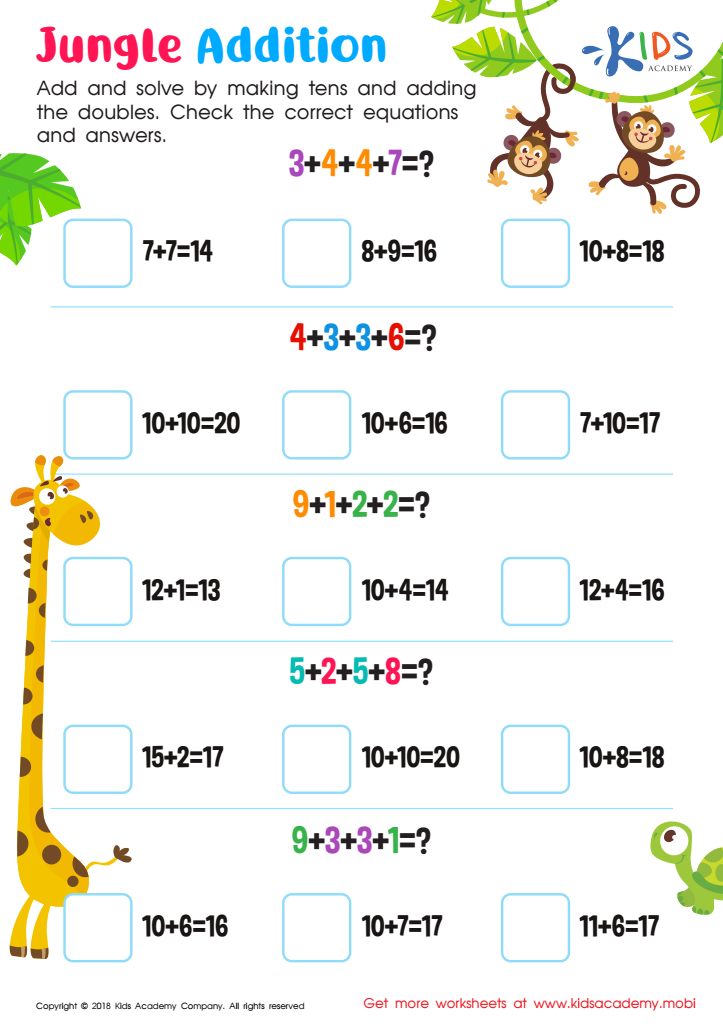

Jungle Addition Worksheet
Counting objects is a fundamental math skill that forms the basis for many future learning concepts, making it vital for children aged 3-7. Firstly, counting objects develops number sense, helping young kids understand that numbers represent specific quantities. This comprehension is essential for more complex operations such as addition, subtraction, and even multiplication as they grow older.
Additionally, this activity enhances one-to-one correspondence, where each object is paired with one numerical value, a critical concept for accurate counting and calculations. It also introduces the concept of cardinality—the understanding that the last number counted represents the total quantity of objects.
Counting objects is practical and concrete, allowing children to connect abstract numerical ideas with tangible items. This makes math less intimidating and more relatable, increasing their willingness and enthusiasm to engage with mathematics.
Moreover, counting exercises can also support other areas of development, including fine motor skills (through physically handling objects), vocabulary (by learning names of numbers and objects), and problem-solving skills (by figuring out counting strategies and organizing objects).
Engaging in counting activities fosters a strong foundational understanding of numbers and quantity, setting children up for future academic success in mathematics and everyday problem-solving. Thus, both parents and teachers should prioritize this crucial aspect of early childhood education.
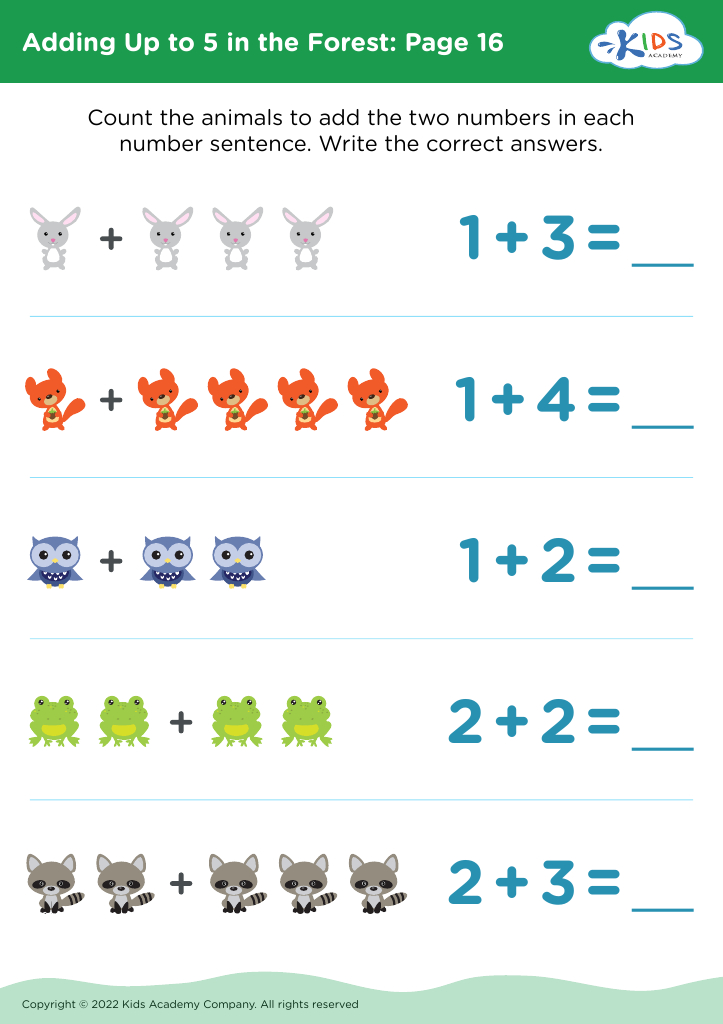

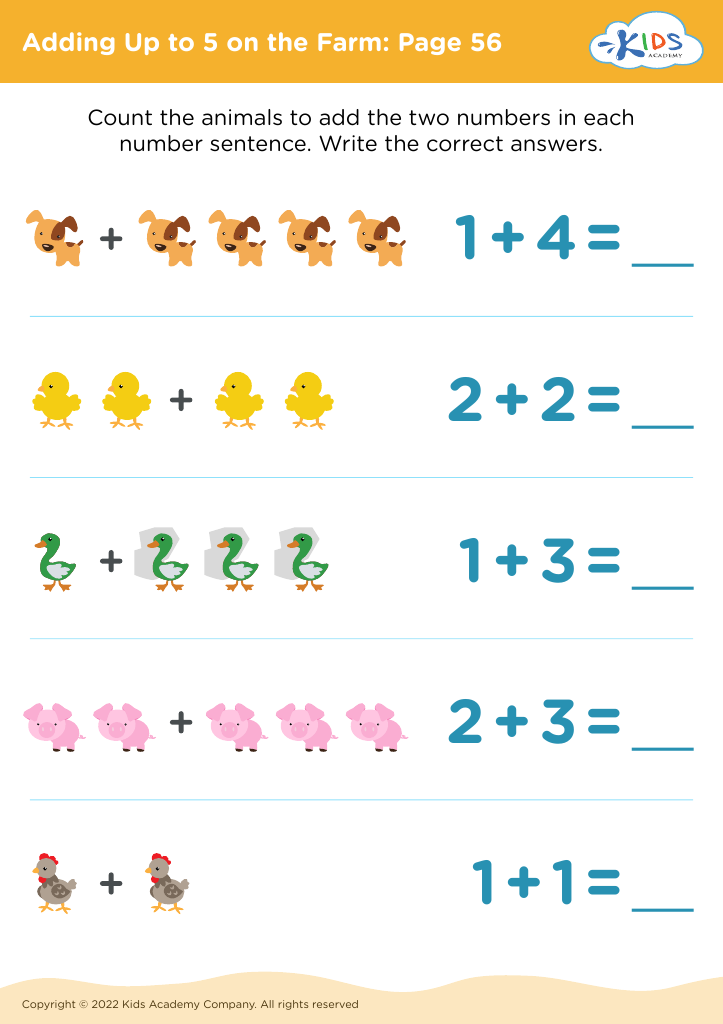
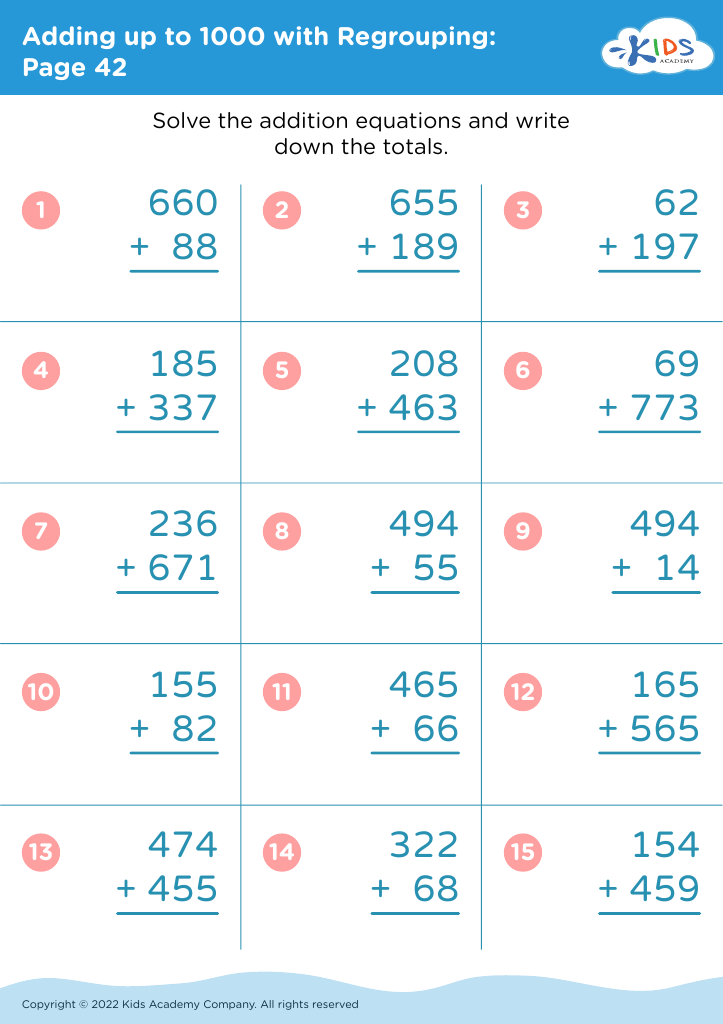
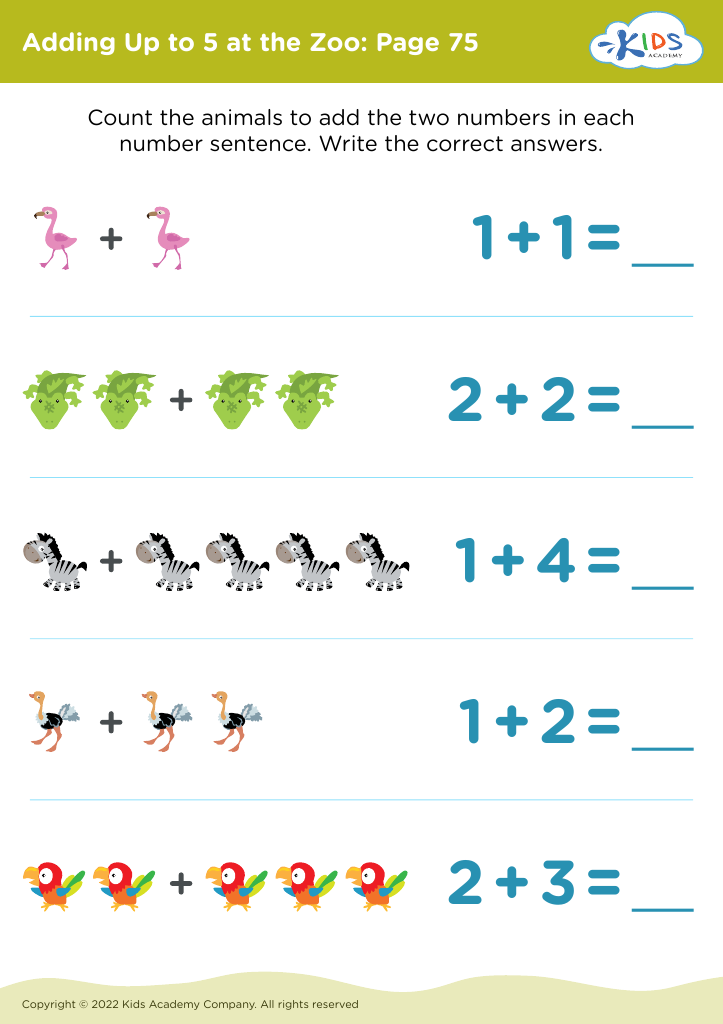
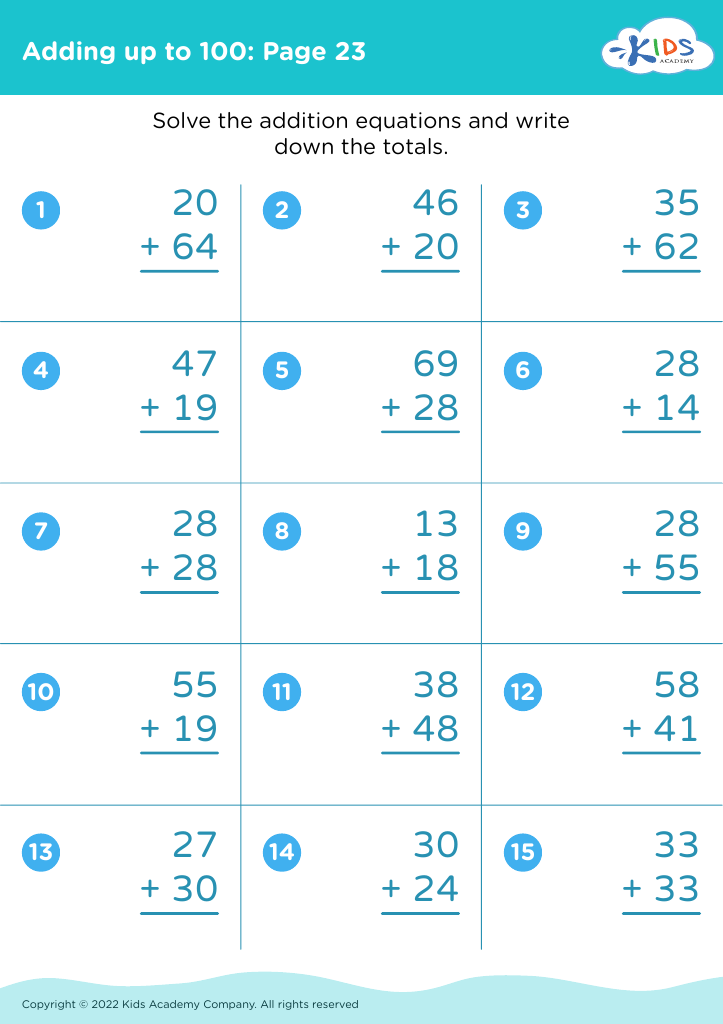

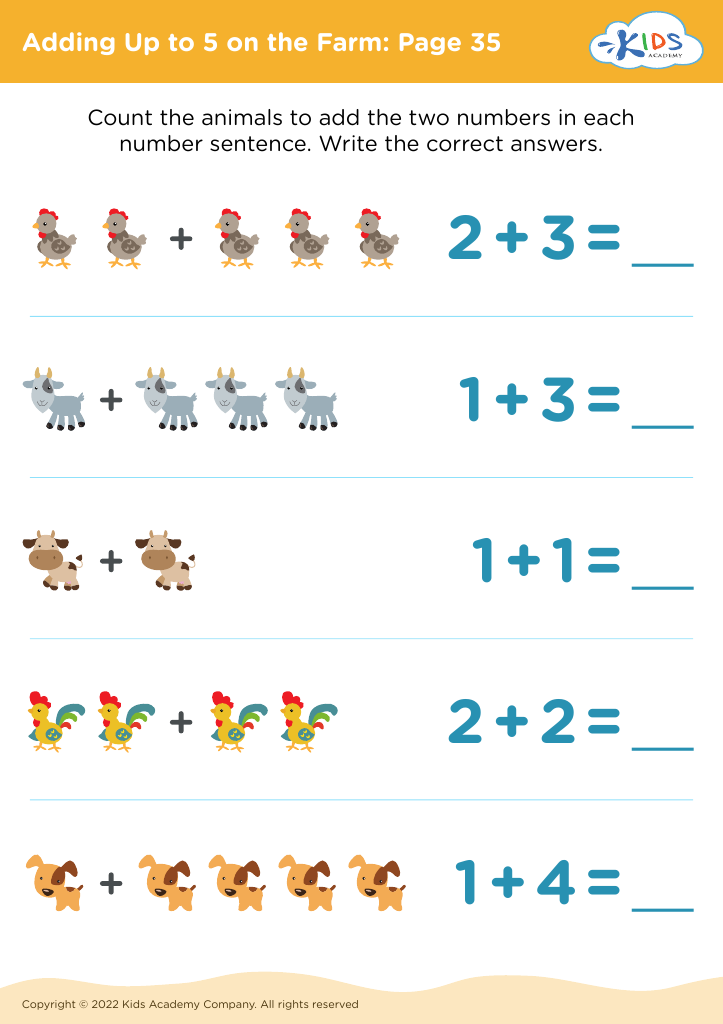
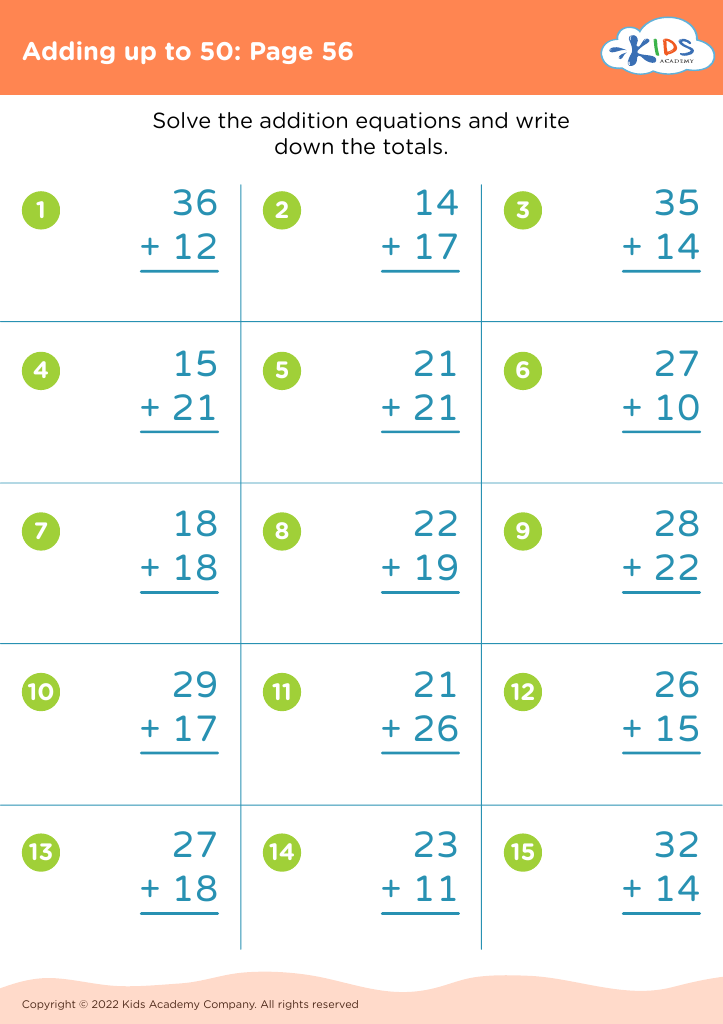
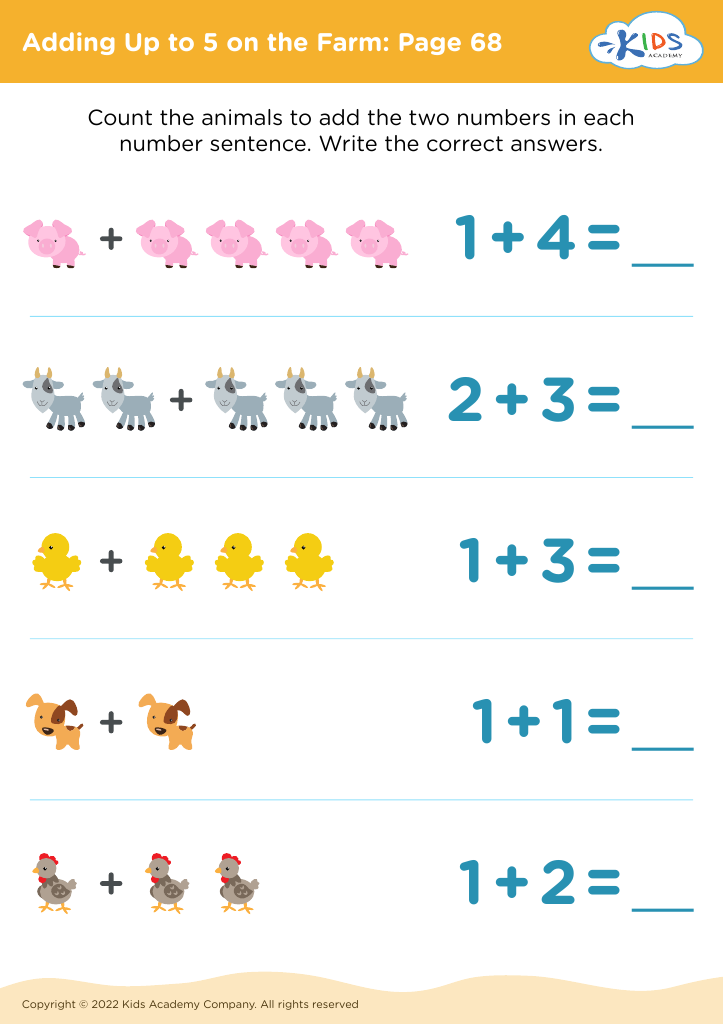
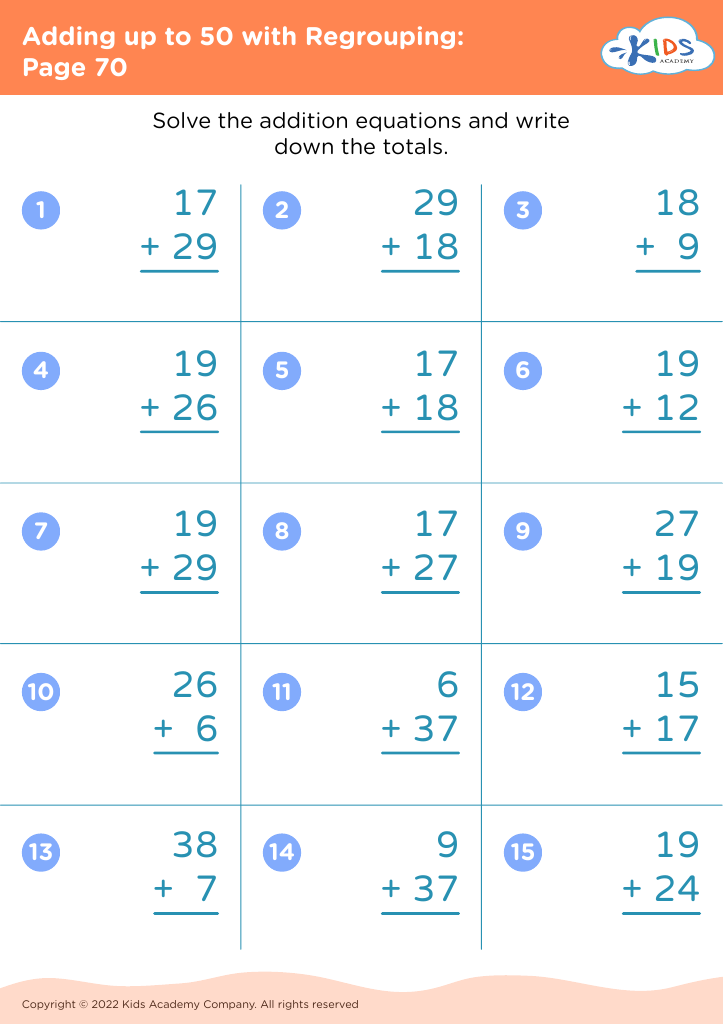
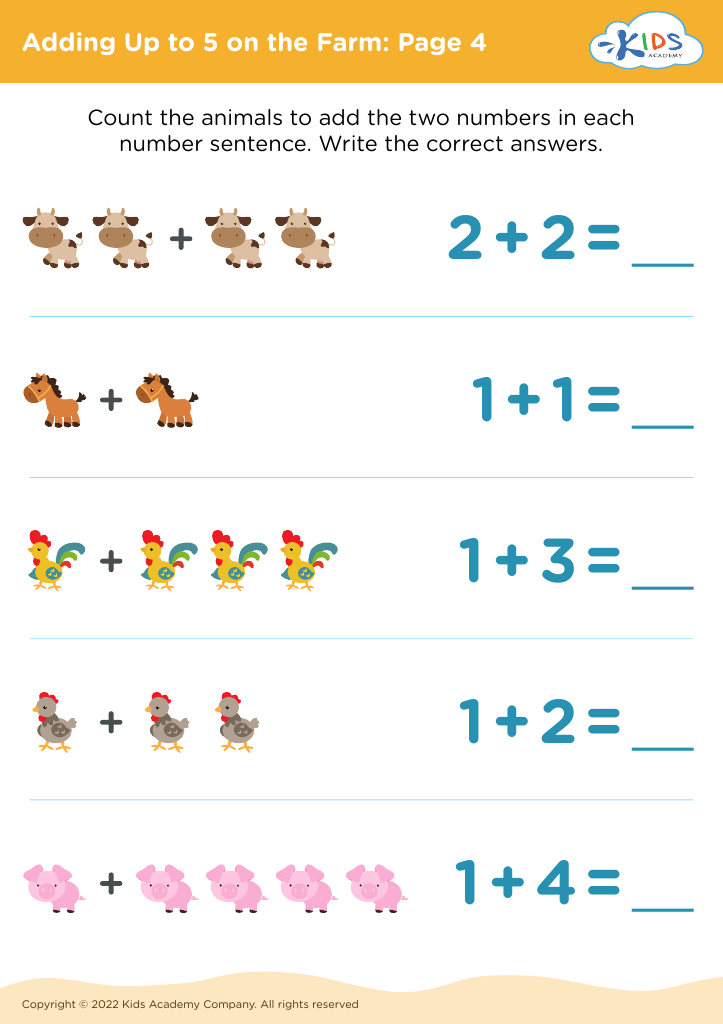

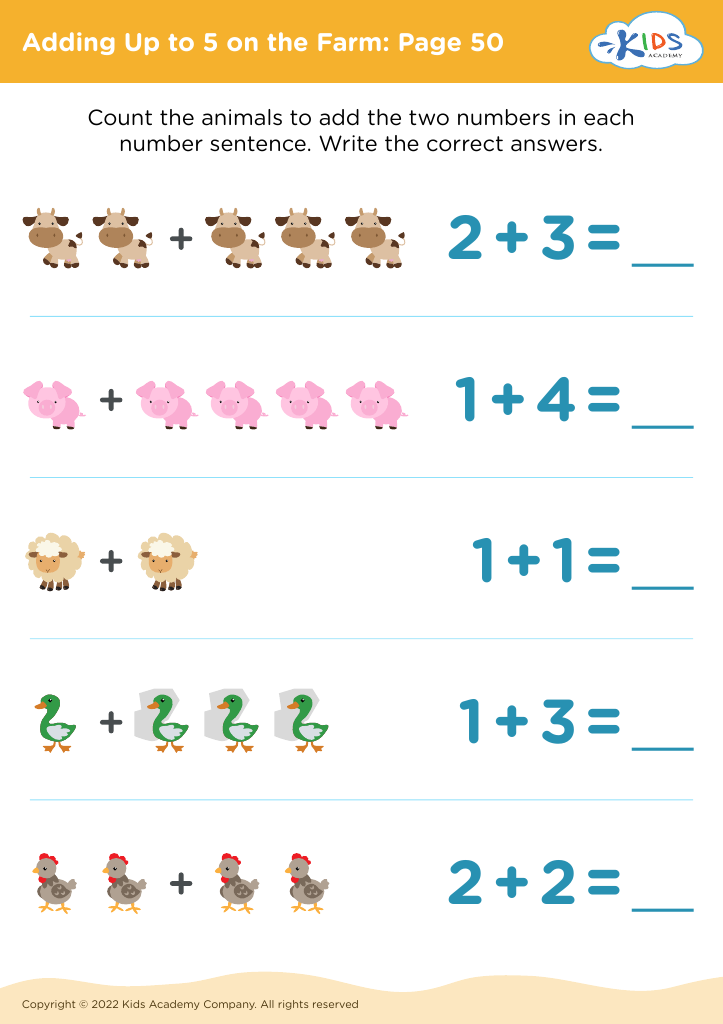
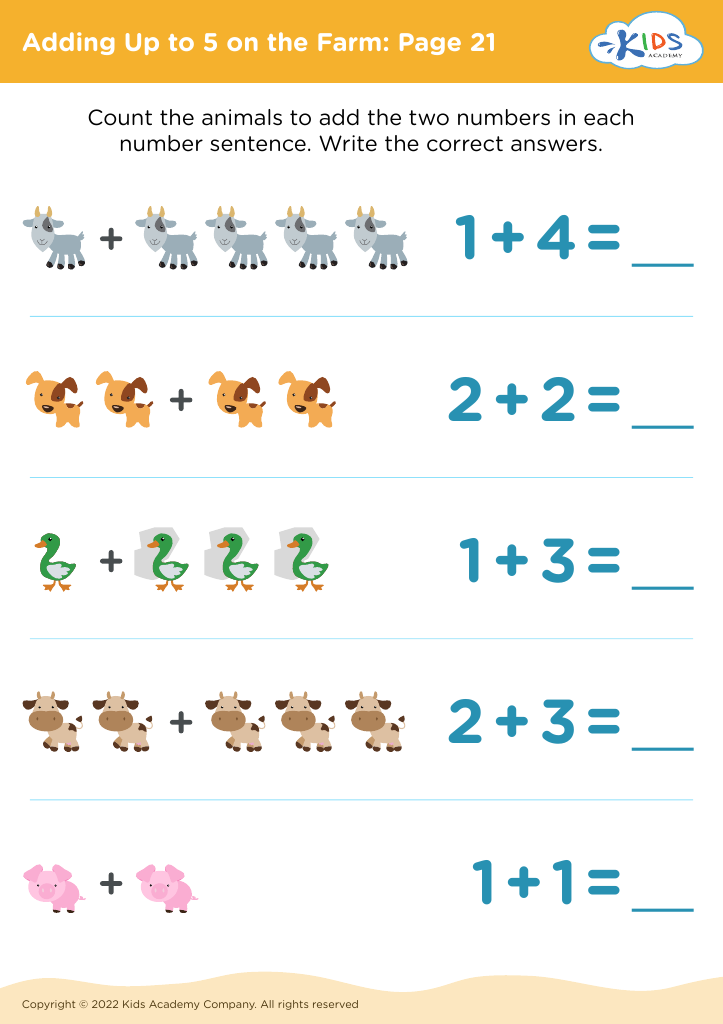
 Assign to My Students
Assign to My Students
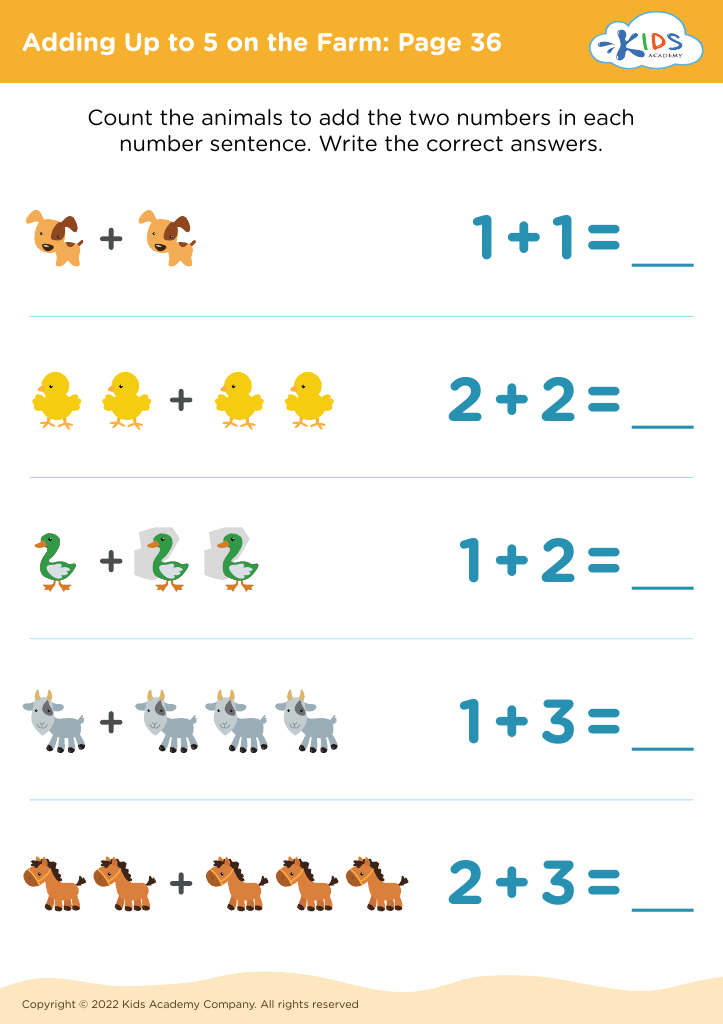
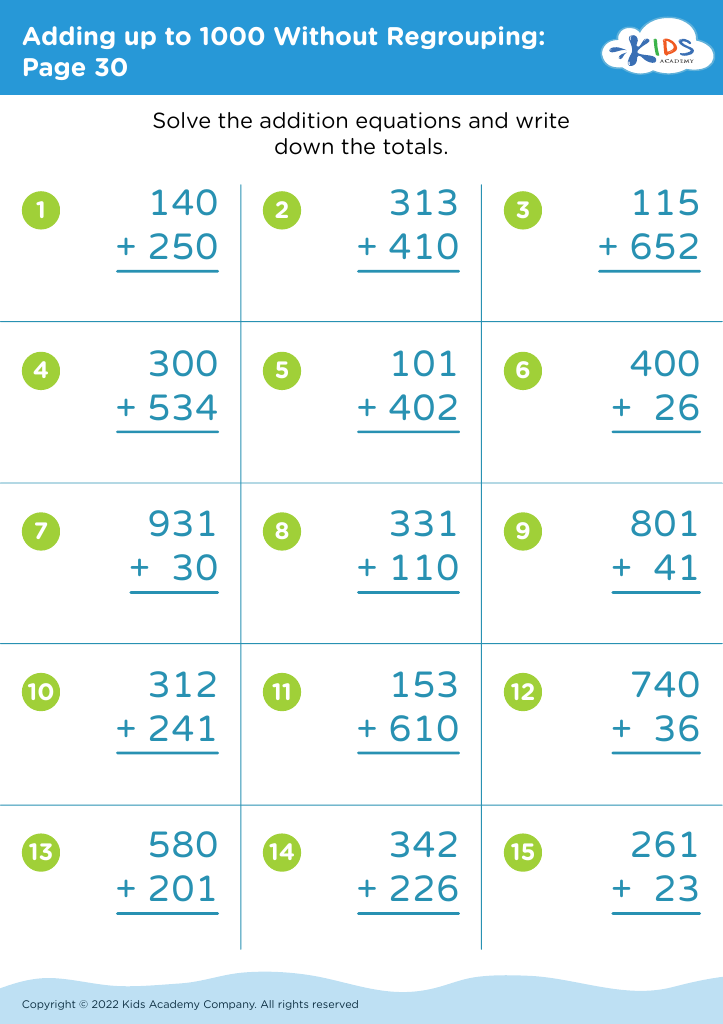

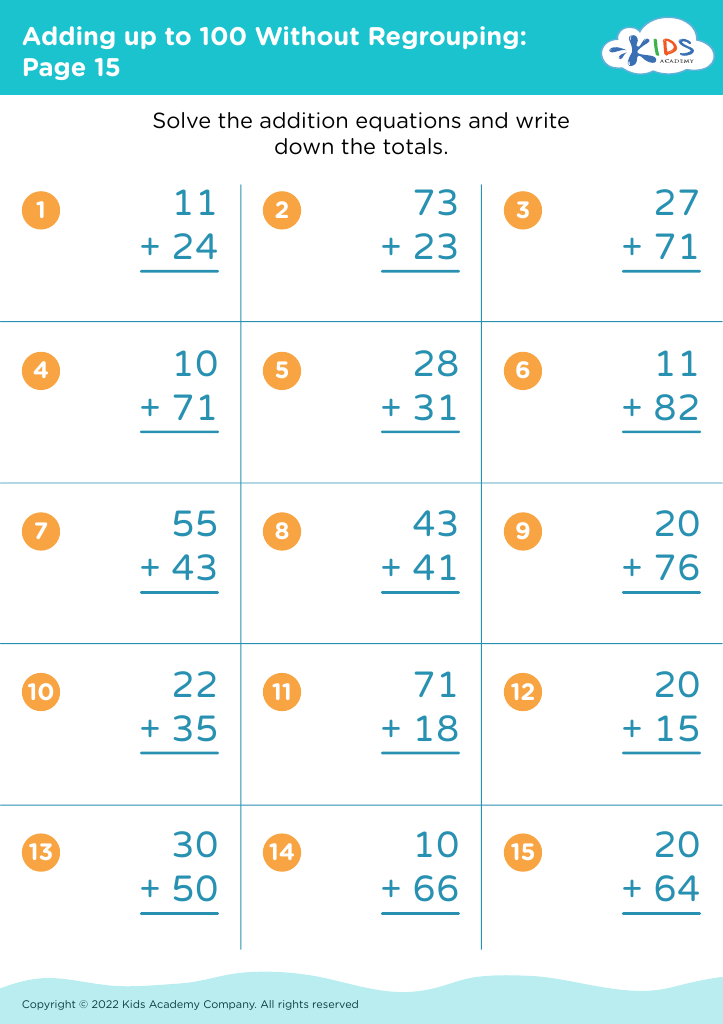
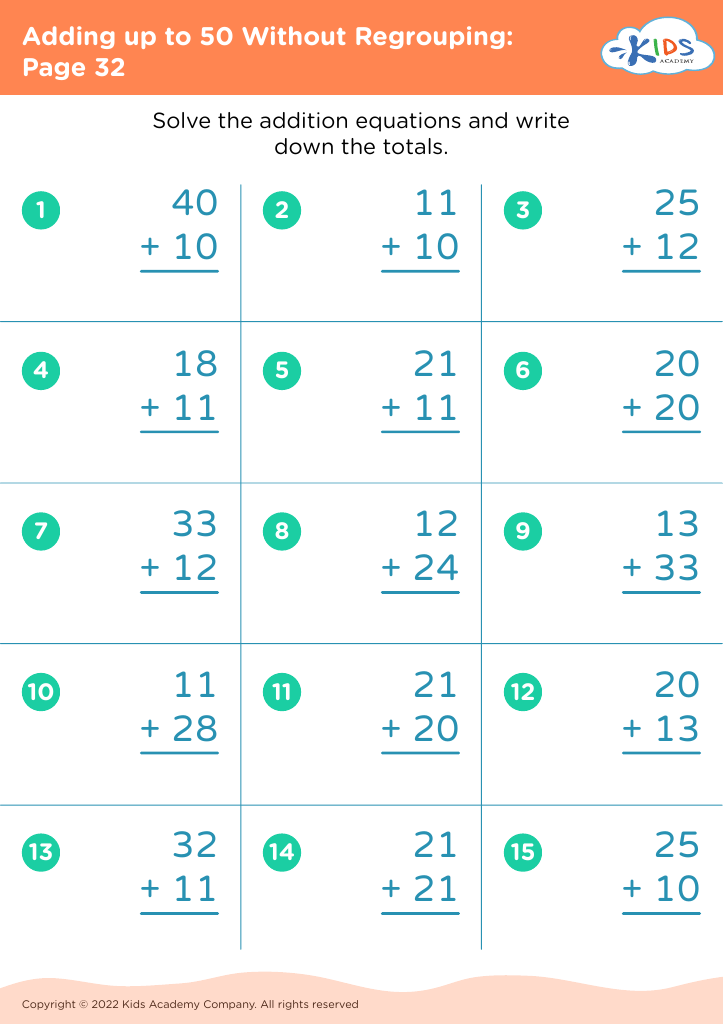
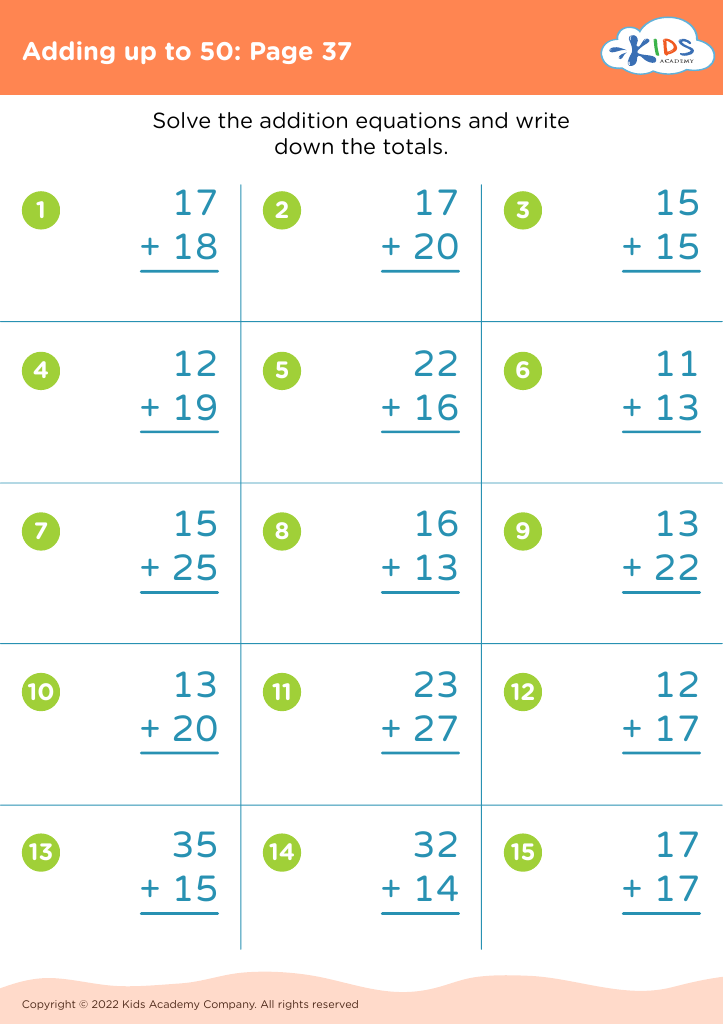
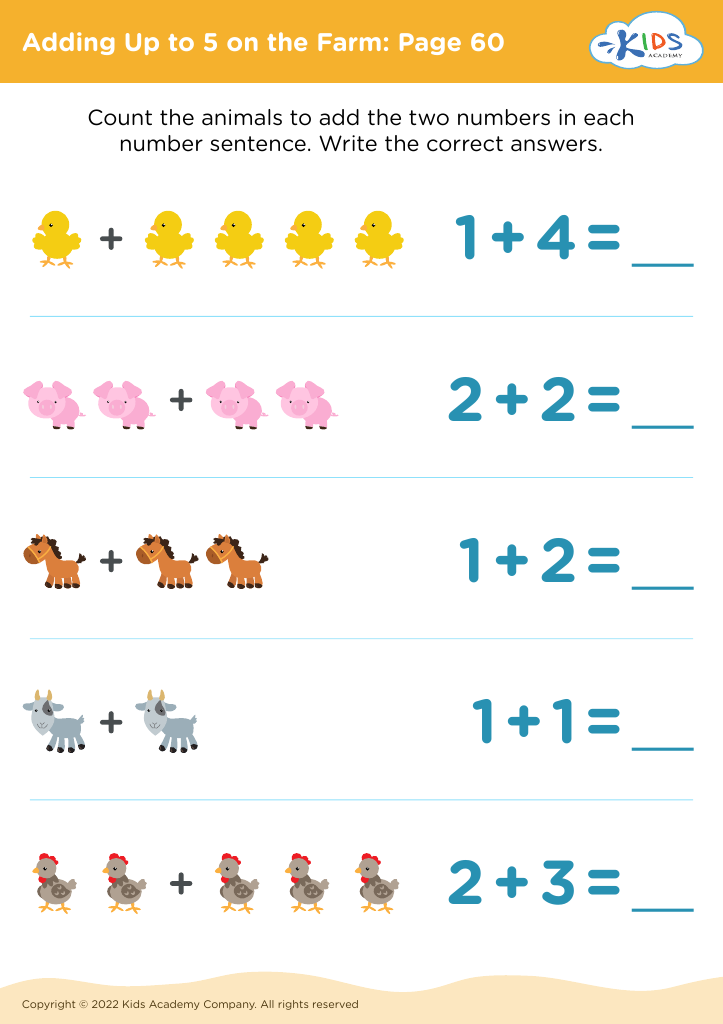
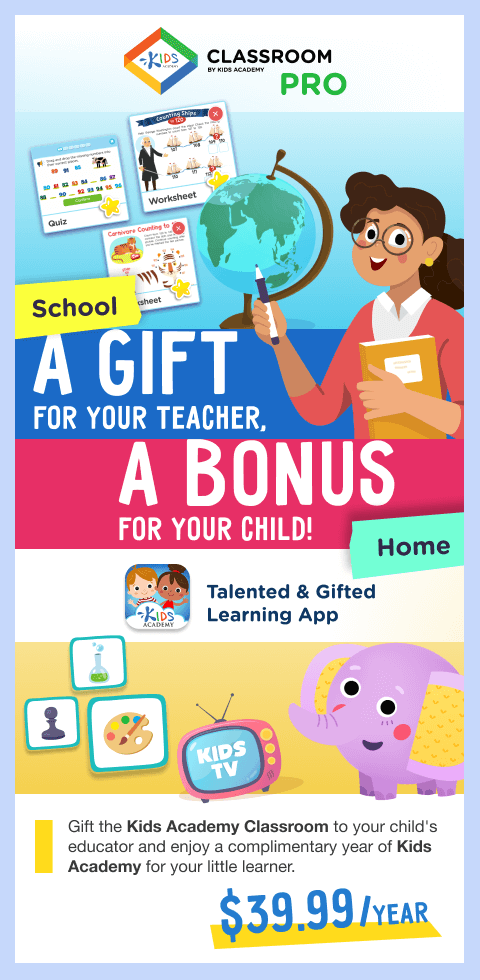




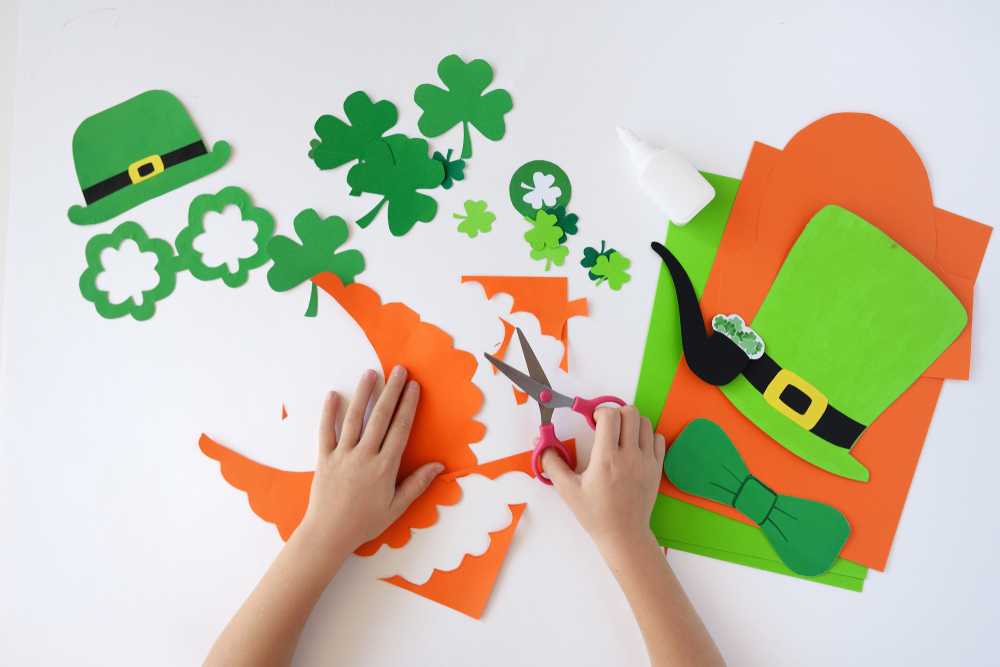
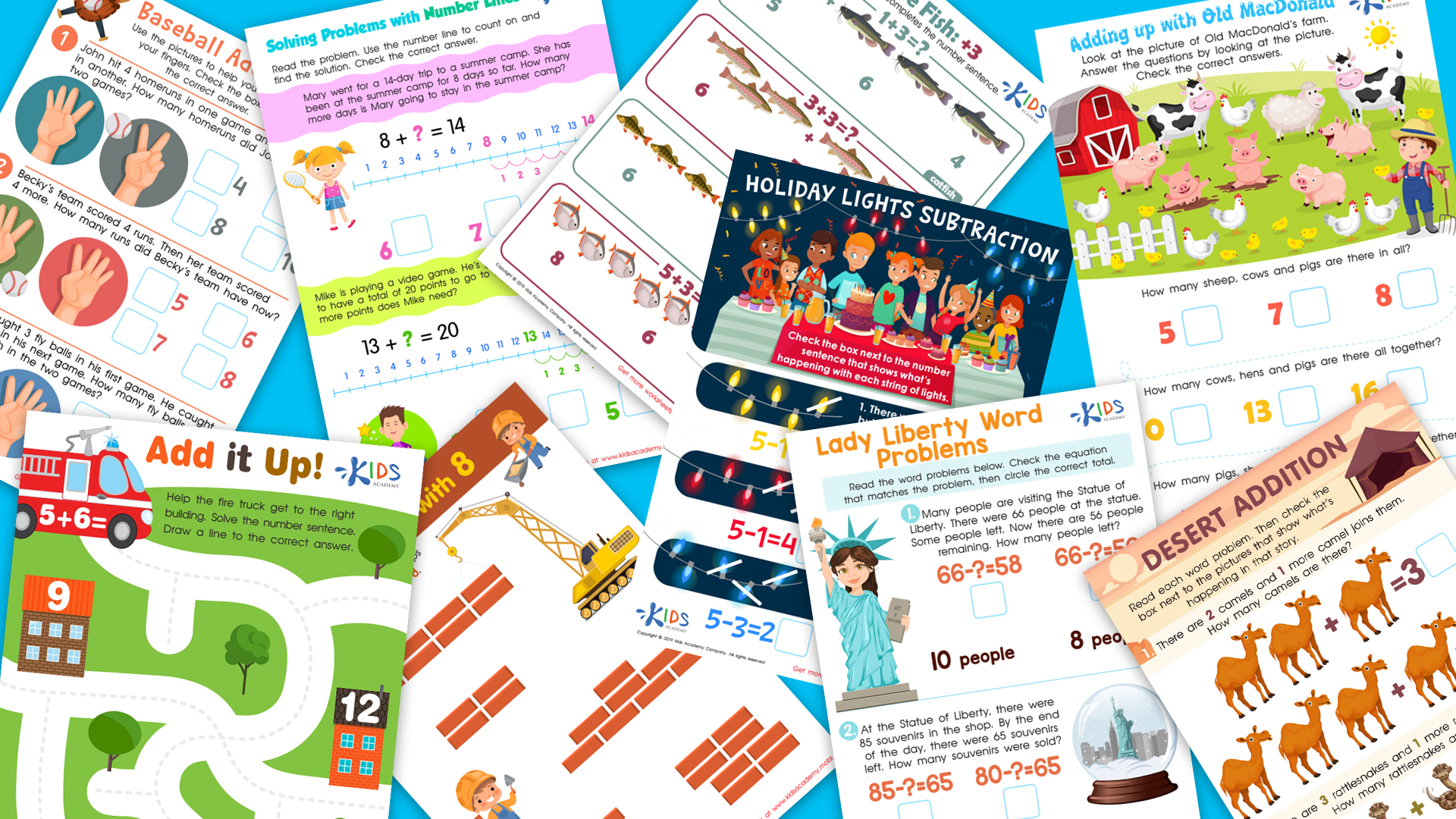
.jpg)










